
Food Allergy Companion - Food Allergy Support
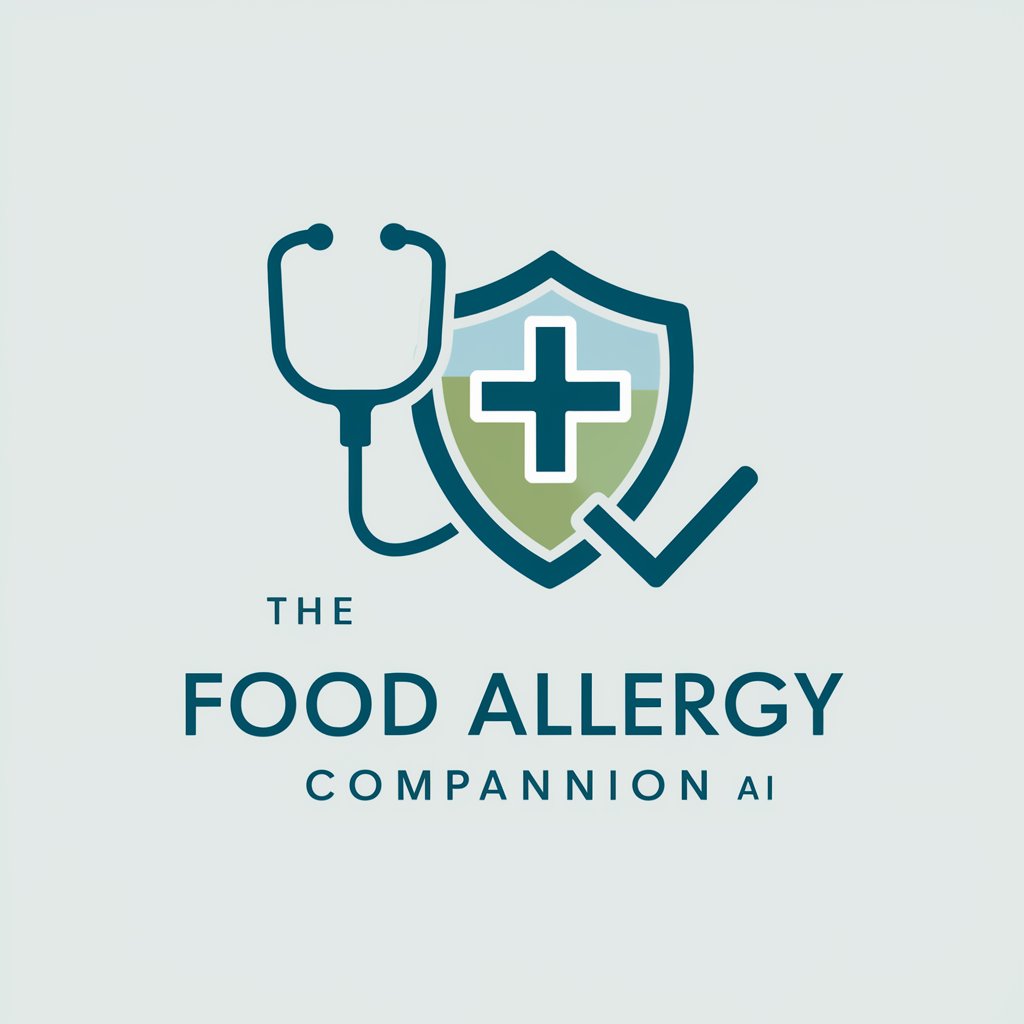
Welcome to the Food Allergy Companion! How can I assist you with food allergy information today?
AI-powered allergy insight at your fingertips.
What are the symptoms of a wheat allergy?
How can I differentiate between a food allergy and a food intolerance?
What steps should I take if I suspect I have a food allergy?
Can you explain the common triggers and reactions of food allergies?
Get Embed Code
Introduction to Food Allergy Companion
The Food Allergy Companion is designed as a specialized tool to provide accurate, up-to-date information on food allergies, distinguishing true allergic reactions from symptoms of food intolerances or other conditions. This digital assistant aims to offer medically accurate advice, focusing on IgE-mediated allergic responses such as hives, difficulty breathing, or anaphylaxis, rather than symptoms associated with intolerances, like bloating. By clarifying these distinctions, it helps users navigate the complexities of food allergies, directing them towards proper medical evaluation rather than self-diagnosis based on general symptoms. An example scenario might involve a user unsure if their symptoms post-consumption of a peanut-containing product indicate an allergy or intolerance. The Companion would guide them through identifying symptoms indicative of an allergic reaction, emphasize the importance of professional testing, and suggest avoidance strategies until a medical consultation can be arranged. Powered by ChatGPT-4o。

Main Functions of Food Allergy Companion
Symptom Analysis
Example
A user reports experiencing itching and swelling of the lips after eating nuts. The Companion analyzes these symptoms, highlighting their alignment with common allergic reactions, and advises seeking immediate medical attention.
Scenario
This function is crucial when users are uncertain about the nature of their reactions to certain foods, providing clear guidance on distinguishing allergic reactions from other symptoms.
Allergen Information
Example
Provides detailed information on common allergens, such as tree nuts, dairy, soy, and shellfish, including hidden sources in foods that might not be obvious to consumers.
Scenario
Useful for individuals newly diagnosed with food allergies, helping them to identify and avoid potential allergens in their diet.
Dietary Advice
Example
Offers suggestions for alternative foods and recipes that exclude specific allergens, assisting users in maintaining a balanced, safe diet.
Scenario
Beneficial for users looking to adjust their diet post-diagnosis, ensuring they can enjoy a variety of foods without risking allergic reactions.
Emergency Response Guidance
Example
Instructs users on the steps to take during an allergic reaction, including the use of epinephrine auto-injectors and when to seek emergency medical care.
Scenario
Critical for users and their families to be prepared for potential allergic reactions, particularly in severe cases that may lead to anaphylaxis.
Ideal Users of Food Allergy Companion Services
Individuals with Diagnosed Food Allergies
These users directly benefit from the Companion's guidance on managing their allergies, including avoiding allergens and handling allergic reactions, enhancing their safety and quality of life.
Parents of Children with Food Allergies
Parents find value in the Companion's advice for creating safe environments for their children, from allergen-free recipes to emergency response strategies, fostering a supportive, informed approach to their child's condition.
Healthcare Professionals
Doctors, nurses, and dietitians may utilize the Companion as a resource to provide patients with reliable information on food allergies, support dietary planning, and educate on emergency preparedness.
Educators and School Staff
For those responsible for the care of children with food allergies, the Companion offers essential insights into allergen avoidance in school settings and managing potential exposure incidents.

How to Use Food Allergy Companion
1
Start by accessing yeschat.ai to explore Food Allergy Companion for free, without the need for any login or a ChatGPT Plus subscription.
2
Identify your specific need or concern related to food allergies, such as seeking information on symptoms, managing cross-contamination, or finding allergy-friendly recipes.
3
Input your query into the chat interface. Be as specific as possible to ensure the most accurate and helpful response.
4
Review the provided information carefully. For complex or medical-related queries, the Companion will guide you towards consulting with healthcare professionals.
5
Use the tool regularly to stay informed about food allergies, cross-reactivity, and safe dietary practices. The Companion updates its knowledge base to provide the most current information.
Try other advanced and practical GPTs
Dental Intelligence Expert
Empowering Dental Practices with AI-Driven Insights

Smoking
Empower Your Quit Journey with AI
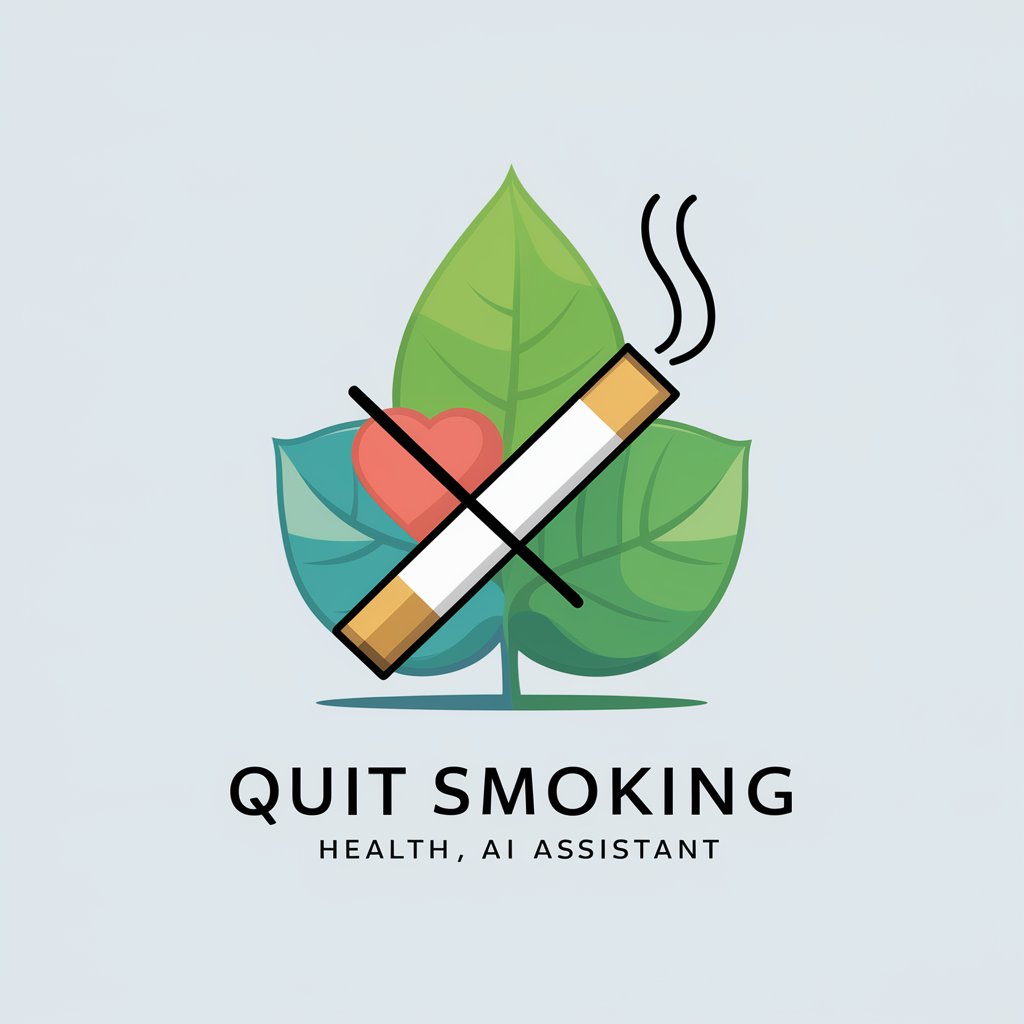
心理學大師.mrwang
Empowering Emotional Wellness with AI
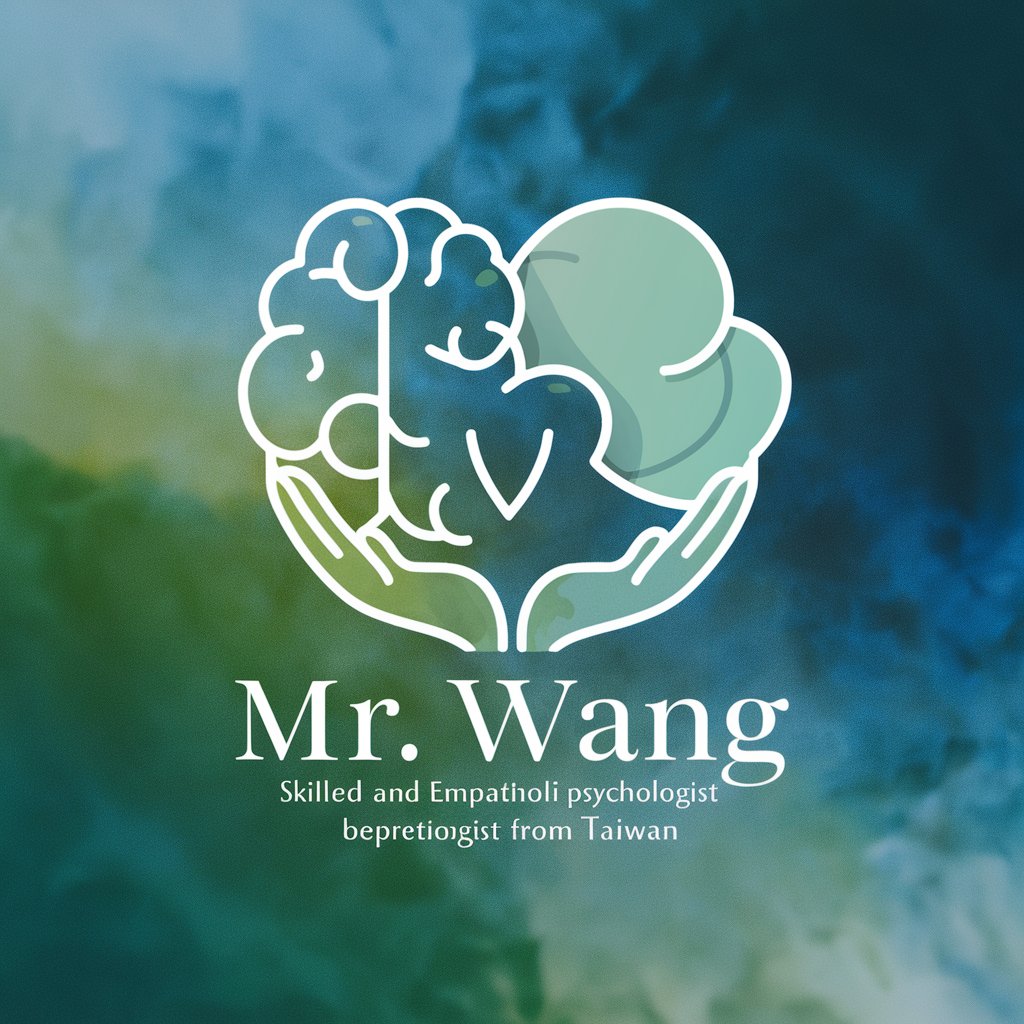
MIDI Design Maestro
Transforming visuals into MIDI magic with AI.

Printmaking
Unleash creativity with AI-driven printmaking insights.
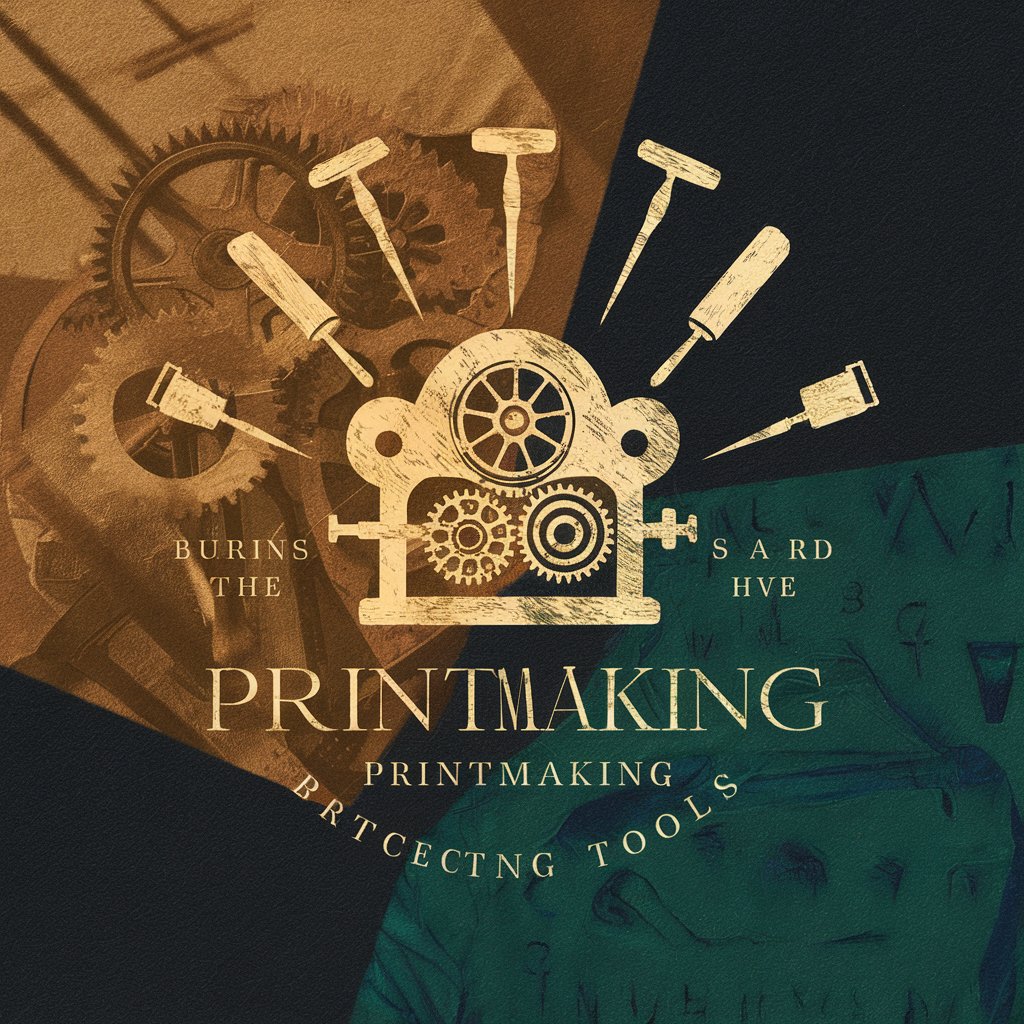
Law Buddy
AI-powered Legal Expertise on Demand
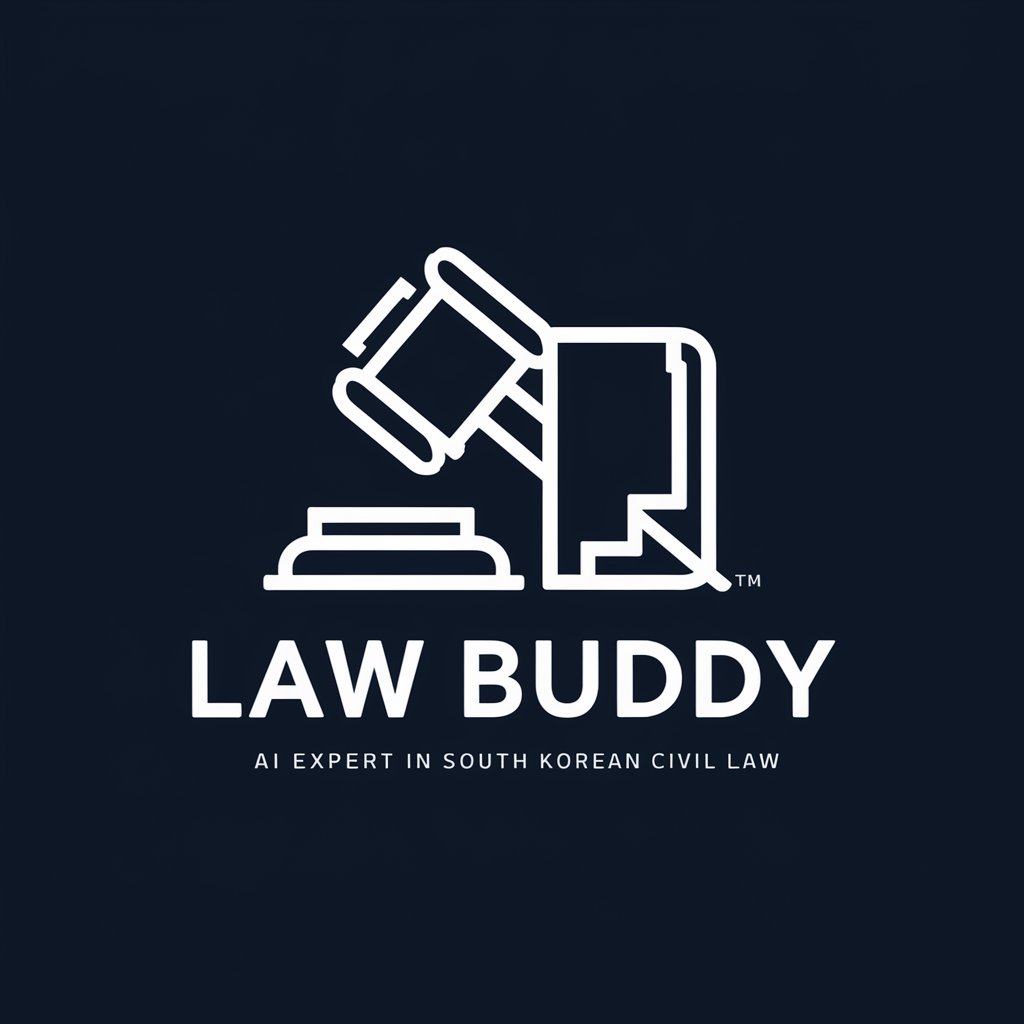
Currency
AI-powered currency exchange clarity

Natural Landscapes
Explore and Preserve the Natural World

ADA Max Price Analyzer
Deciphering Cardano's Future with AI

艺术作品思路梳理
Empowering Your Artistic Journey with AI

Pawsome Visuals
Unleash creativity with AI-powered dog visuals.

Paraphrase Pro
Elevate Your Writing with AI-Powered Paraphrasing
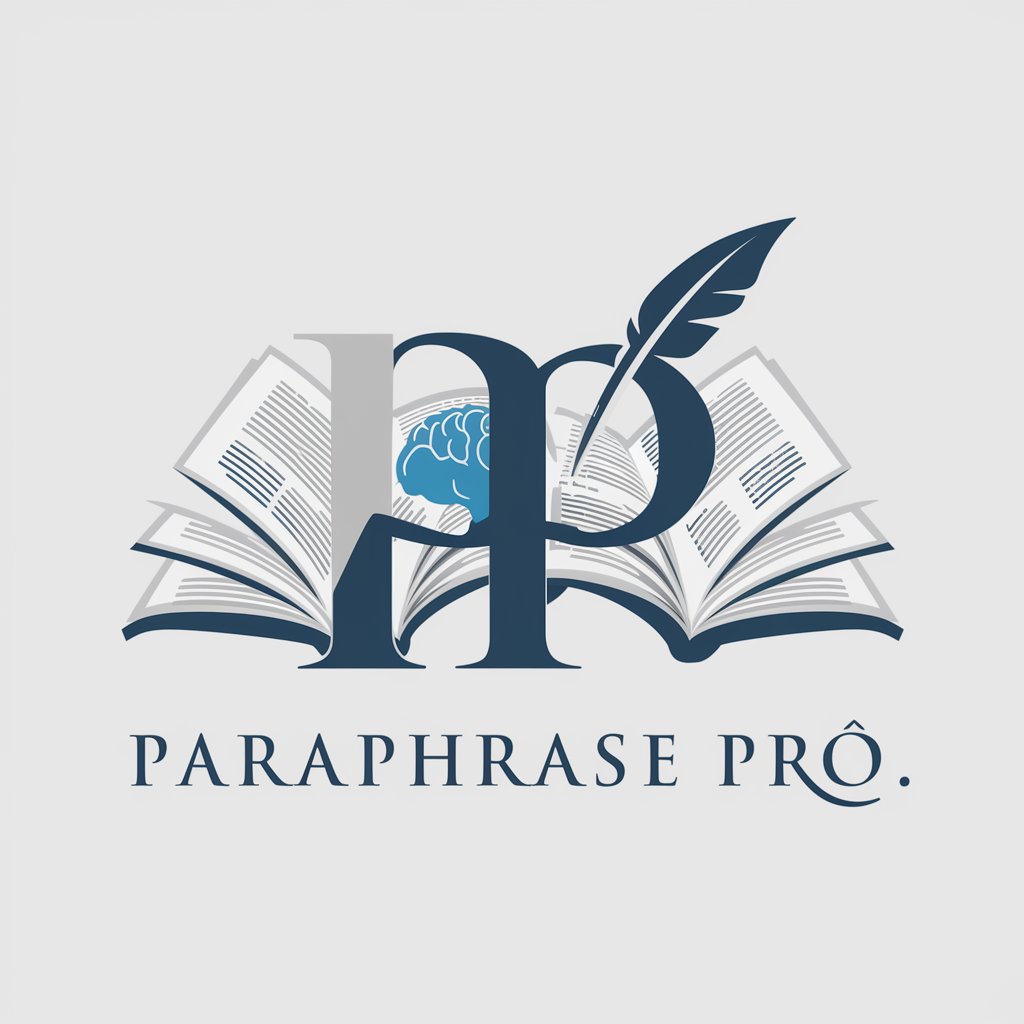
Food Allergy Companion Q&A
What distinguishes a food allergy from a food intolerance?
Food allergies involve an immune system reaction, potentially leading to severe symptoms like anaphylaxis. In contrast, food intolerances, such as lactose intolerance, usually involve digestive issues without immune system involvement.
Can Food Allergy Companion help identify safe foods for my allergy?
Yes, by providing details about your specific allergy, the Companion can suggest foods to avoid and safe alternatives, but always advise consulting a healthcare professional for personalized dietary advice.
Is it possible to get personalized advice for dining out with allergies?
The Companion offers general tips for dining out safely, such as questions to ask the staff and understanding cross-contamination risks, but for personalized advice, consulting with a dietitian is recommended.
How does Food Allergy Companion stay updated on food allergy research?
The Companion continuously integrates the latest food allergy research and guidelines into its responses, ensuring users receive the most current and scientifically backed information.
Can I use Food Allergy Companion to learn about managing allergies in children?
Absolutely. The Companion provides guidance on managing food allergies in children, including safe food introduction, symptom recognition, and creating an allergy action plan, emphasizing the importance of professional medical advice.